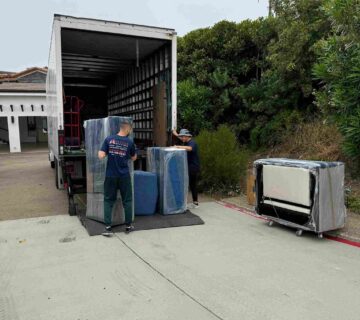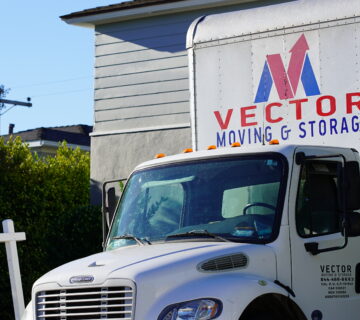Kitchen Packing Tips
San Diego Movers San Francisco Movers
San Jose Movers Los Angeles Movers
Mastering the Art of Packing: A Guide to Safely Moving Your Kitchen
Moving to a new home can be an exciting adventure, but the process of packing up your belongings can also be quite daunting. The kitchen, with its myriad of appliances, fragile dishes, and countless utensils, often presents one of the biggest challenges. Properly packing your kitchen not only ensures that your essentials arrive at your new abode intact but also streamlines the unpacking process. Here’s a comprehensive guide to mastering the art of packing your kitchen for a seamless and stress-free move.
**1. Declutter and Organize:
Before you start packing, declutter your kitchen by getting rid of items you no longer need or use. Donate or sell items that are in good condition, and discard anything broken or expired. Organize your kitchen items into categories, making it easier to pack and unpack systematically.
**2. Gather Packing Supplies:
Invest in sturdy moving boxes in various sizes, packing paper, bubble wrap, packing tape, and markers. These supplies are essential for securing fragile items, preventing breakages, and clearly labeling your boxes for quick identification during unpacking.
**3. Pack Non-Essentials First:
Begin by packing items that you won’t need immediately, such as seasonal kitchenware, extra dishes, and appliances rarely used. Wrap breakable items like vases and decorative pieces with packing paper and place them in boxes. Ensure the boxes are properly labeled with their contents and designated rooms.
**4. Secure Fragile Items:
When packing fragile dishes, glassware, and ceramics, use ample packing paper or bubble wrap. Individually wrap each item, paying special attention to delicate areas. Place heavier items at the bottom of the boxes and lighter, more delicate pieces on top. Fill any empty spaces with crumpled packing paper to prevent movement during transit.
**5. Pack Small Appliances:
For small kitchen appliances, like blenders or coffee makers, wrap each one in packing paper and place them in individual boxes. If possible, use the original packaging, as it often provides the best protection. Fill any gaps with additional padding to prevent shifting.
**6. Pack Utensils and Cutlery:
Gather your utensils and cutlery and sort them into categories. Use sturdy packing paper to wrap sets together, securing them with tape. Place them in small, labeled boxes or special utensil trays to keep them organized.
**7. Protect Pots and Pans:
Stack pots and pans together, placing layers of packing paper between each item. Consider placing a piece of cardboard between each layer to prevent scratching. Utilize the space inside your pots and pans by filling them with smaller kitchen items or non-fragile utensils.
**8. Secure Spices and Pantry Items:
For pantry items, use sealable plastic bags to prevent spills. Place them in small boxes and label them accordingly. If you have valuable or delicate spices, consider packing them individually in sealed bags to avoid breakage.
**9. Label Boxes Clearly:
Clearly label each box with its contents and the designated room. Use different colors for each room or category to make sorting and unpacking more efficient. Additionally, mark boxes containing fragile items with “fragile” or “handle with care.”
**10. Create an Essentials Box:
Pack a separate box containing essential items for your first day at the new home. Include basic utensils, a couple of pots and pans, plates, cups, and essential pantry items. This box will help you avoid rummaging through numerous boxes when you arrive.
**11. Consider Professional Packing Services:
If the task seems overwhelming or time-consuming, consider hiring professional packing services. Experienced movers can efficiently and safely pack your kitchen, giving you peace of mind during the moving process.
Conclusion:
Mastering the art of packing your kitchen involves careful planning, organization, and attention to detail. By following these steps, you can ensure that your kitchen items arrive at your new home in the same condition they left. Take the time to pack thoughtfully, and you’ll be well on your way to a smooth and successful move.





